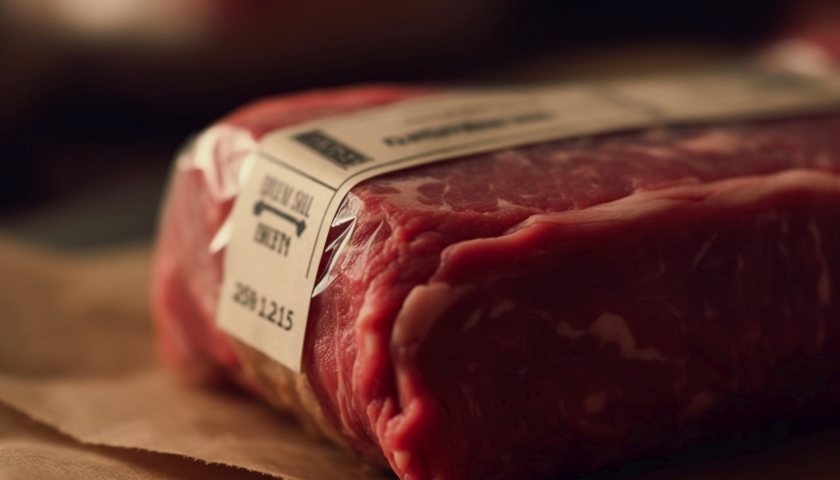
Farmgate prices for beef, lamb and pigs remain robust as limited supply and steady export demand offset softer retail sales and a testing economic climate.
Britain’s red meat sector is proving remarkably resilient, with prices holding firm through early autumn despite cost pressures and uncertain market conditions.
According to Iain Macdonald, market intelligence manager at Quality Meat Scotland (QMS), tight supplies and steady demand have kept prices “well supported” into October despite rising costs and economic pressures.
Beef prices have shown impressive stability, underpinned by constrained supply and firm buyer interest. Although values sit around 9% below their spring peak, they remain roughly a quarter higher than this time last year, thanks to lower production levels in 2025.
Macdonald noted that strong finished prices have “underpinned the store trade,” boosting producer confidence, though higher store values may be squeezing margins. With energy and labour costs still elevated, lower grain prices are a “welcome relief” this season.
Cull cow prices have also steadied, sitting about 5% below their spring high yet still 35–40% above last year — evidence of a shift towards more affordable cuts amid sustained food price inflation.
Defra data indicates that prime cattle slaughter in Great Britain fell nearly 5% year-on-year in the first nine months of 2025, pushing UK beef production down by just over 4%.
In Scotland, reduced throughput and the closure of one abattoir have added to supply pressures. However, slower summer slaughter — linked to weaker consumer demand — could leave the market slightly less tight heading into late autumn.
Imports of competitively priced non-EU beef, mainly for the foodservice trade, climbed during the summer, offsetting reduced volumes from Ireland.
Meanwhile, stronger export activity helped cut total UK beef availability by around 3.5% over the first eight months of the year.
Calf numbers recorded in July hint at rebuilding ahead, supported by lower spring mortality, suggesting some easing of supply constraints by mid-2026.
Lamb prices have likewise remained firm, averaging around £3 per kilo liveweight at Scottish marts between late August and early October — roughly 5–10% higher than a year earlier.
Slow throughput for the season has helped keep prices buoyant, while store lambs have traded 10–15% higher year-on-year, reflecting solid confidence among finishers.
England’s June census points to a smaller lamb crop, keeping supplies tight. Rising global prices have lifted import costs and boosted the competitiveness of British lamb, while UK exports gain from a shrinking EU flock.
In the pig sector, prices eased slightly from summer highs in line with seasonal trends but remain 10–15% above the five-year average and just above estimated production costs — lending stability and reassurance to producers.
Scottish abattoirs processed marginally more pigs than last year, reflecting steady demand. Across the UK, production rose nearly 2% in the first nine months of 2025, supported by improved market access to China and favourable export conditions amid higher tariffs on EU and US pork.
Although global uncertainty persists, energy prices have held relatively stable, and strong harvests have kept feed costs anchored. Wage growth now outpaces inflation, offering some support to household spending, though elevated food prices continue to curb retail demand for beef in particular.
While overall business sentiment remains subdued, Macdonald said the combination of “tight supplies and firm export demand” is keeping the UK red meat industry “on a solid footing as the year draws to a close.”
With herd rebuilding and easing input costs on the horizon, the sector may approach 2026 with cautious optimism.
